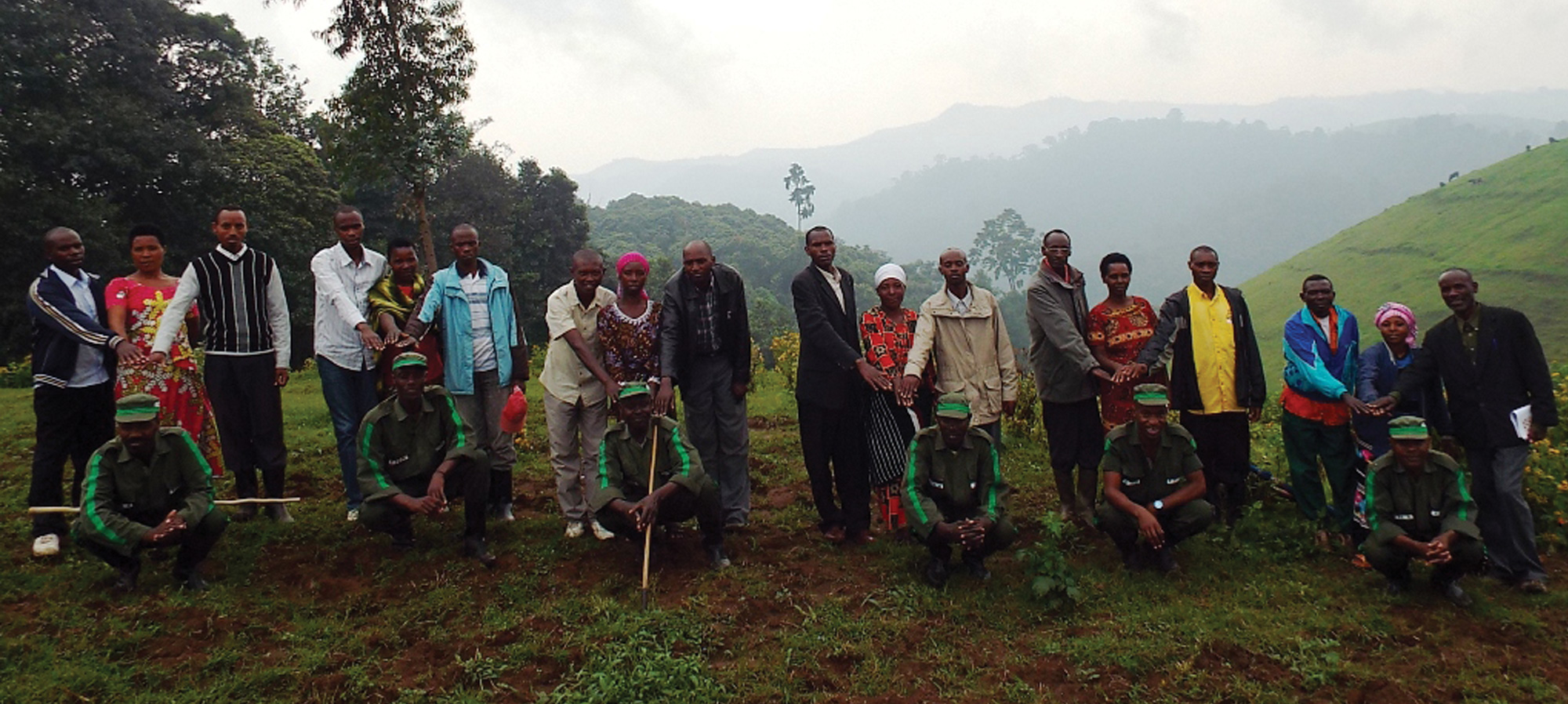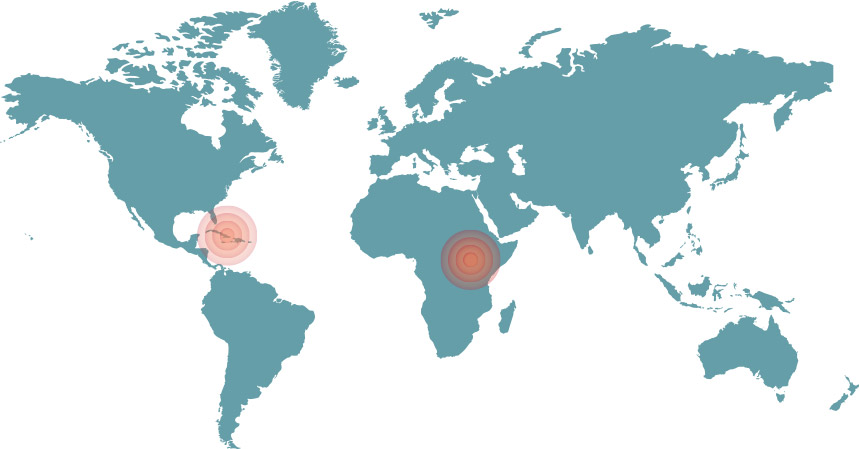Strengthening local conservation leadership
During this project, the knowledge from different stakeholders helped a lot in designing and implementing different activities. We are confident that this will help to deliver the real impact needed.
Among the wonders of the world’s biodiversity hotspots are the many local people and organizations who take action to save these places. One of CEPF’s goals is to provide these environmental champions with the financial and technical support that allows them to grow as conservation leaders.
Caribbean Islands Biodiversity Hotspot
The islands of the Caribbean host extraordinary biodiversity, but that biodiversity is threatened by invasive alien species. Rats, mice, goats and even mongooses have been wreaking havoc on native species. CEPF grantee Fauna and Flora International (FFI) developed a project in collaboration with local NGOs Environmental Awareness Group (EAG) and the Saint Lucia National Trust (SLNT) to begin eradicating invasive alien species from several islands while building the capacity of the local organizations to protect the area from these invaders for the long term.
In the course of the project, the organizations shared techniques and information they learned in the field, offering participants a much richer learning experience than if they had separately run programs on different islands. They also collaborated occasionally, lending extra hands to the labor-intensive work of invasive species eradication during exchange visits. SLNT raised its capacity score during the project from 66.5 to 79 out of 100, as measured by CEPF’s Civil Society Tracking Tool. EAG raised its score from 67 to 77.5 in the same period of time. Together, they removed invasive alien species or prevented them from returning to Key Biodiversity Areas on 17 islands.
“I was pleased and surprised by how effective the project’s exchange visits were,” said Jenny Daltry, FFI’s project lead. “These enabled conservationists from several Caribbean countries to meet, observe and even participate in one another’s efforts to tackle invasive species and monitor native wildlife. Not only did they swiftly acquire techniques that could be applied to their own countries, but the visits forged new friendships.”
Eastern Afromontane Biodiversity Hotspot
More than 98 percent of the original area of Rwanda’s Gishwati Forest has been lost due to deforestation, leaving the remaining forest struggling to provide the ecosystem services local communities rely on. To protect Gishwati, CEPF grantee Forest of Hope Association (FHA) is implementing several programs that enable local residents to develop economic alternatives to their unsustainable use of the forest.
With assistance from CEPF and other donors, FHA has also been empowering itself. When FHA’s parent organization, an international NGO called the Gishwati Area Conservation Program (GACP), lost its funding in 2011 because of the global financial crisis, Madeleine Nyiratuza created FHA as a grassroots organization dedicated to continuing the work. FHA partnered with local, regional and national governments, as well as institutions such as West Chester University, Drake University, the Rufford Small Grant Program and CEPF. Support from these organizations allowed FHA to maintain a full-time staff of 11, run its programs, and build its financial controls and donor relations skills.

The CEPF Secretariat and CEPF’s Eastern Afromontane Regional Implementation Team collaborated with FHA to build its capacity, helping FHA design a successful project and guiding FHA to technical and financial management proficiency, making the organization more attractive to future partners.
Meanwhile, FHA used an entrepreneurial approach to move the communities around Gishwati toward sustainability. In place of subsistence farming and gathering of forest materials, FHA helped local farmers set up a beekeepers’ collective that sells honey in markets as far away as Switzerland. FHA also developed ecotourism initiatives, including a women’s group that demonstrates and sells traditional crafts, and traditional healers who cultivate medicinal plants in a community garden and show tourists how to prepare and use the medicines.
“During this project, the knowledge from different stakeholders helped a lot in designing and implementing different activities,” said Thierry Inzirayineza, project lead for FHA. “We are confident that this will help to deliver the real impact needed.”
In September of 2015, the Rwandan government responded to FHA’s tireless protection of the forest by officially declaring it the Gishwati-Mukura National Park. FHA’s three-year conservation plan served as a basis for the newly created park’s interim management plan. Further, because of FHA’s capacity, the government of Rwanda has made FHA the effective managers of Gishwati until a formal, civil servant cadre is mobilized.
Photo Credits
Community forest committees and eco-guards, Gishwati Forest, Rwanda. © Forest of Hope Association
Group working on biosecurity efforts, Maria Major Island, St. Lucia. © Fauna & Flora International/photo by Jenny Daltry




